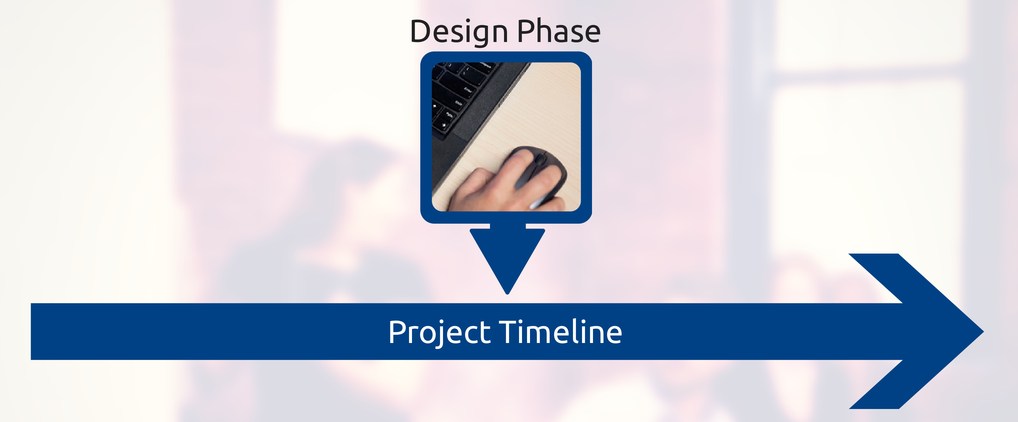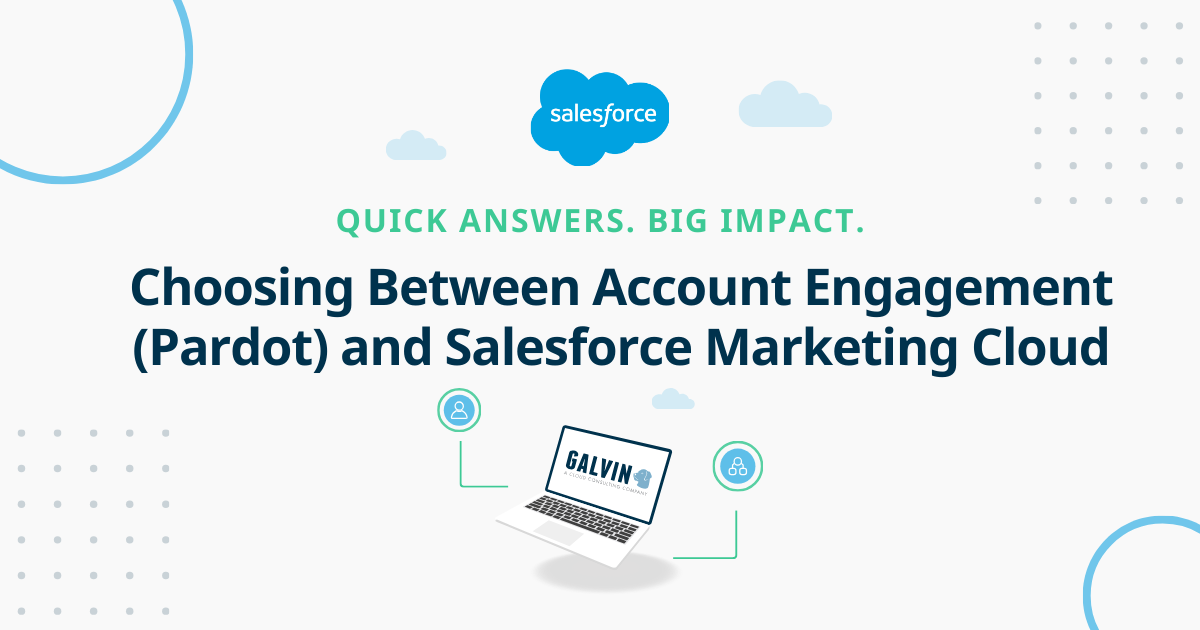How to Manage Web Design Projects
Design is subjective in nature and can be one of the most difficult aspects of managing a web design project. But the creativity behind a website is the most important part of a company’s website initiative.
Don’t Start with Design
It’s very common for a company to redesign their website because they simply don’t like the look and feel of the website and they are anxious to get a new design. But investing in just a redesign is not worth it; unless of course of just have loads of money to throw around. Website projects have functional requirements and goals for attracting and converting leads. When a website project begins all stakeholders need to define and commit to the goals they want to achieve and the metrics they plan to measure. Then from there the website project moves to defining the technical and functional requirements. This involves developing a requirements workbook and use cases that describes, in full detail, how the website is supposed to function.
In addition to the functional requirements of the website you also need to define the sales and marketing processes, initiatives and the actions you want your visitors to take. Because let’s face it, the website is supposed to generate revenue for your business – it’s a sales and marketing tool. Therefore, we need to get sales and marketing involved. It is in this part of the process that we document the sales cycle, our target personas and how sales people sell to them. We want to understand the marketing campaigns, the events we attend and the overall messaging we are delivering. If the website runs inside of its own silo and not associated with sales and marketing then there is an overall risk in the success of your website.
Design is Subjective: You Need to Manage It
Oftentimes the design of the website doesn’t even begin until halfway through the project itself. Because of all the upfront requirements gathering the design team understands the requirements, the goals, the sales process and the marketing initiatives. This will direct the team in designing the complete user experience which consists of conversation paths, wireframes and the website design itself. But at the conclusion of each deliverable a project manager needs to get the client’s approval. It’s these deliverables that lead into a design reveal.
Because of all the upfront requirements gathering the design reveal itself should flow with the client’s expectations. The reveal will represent all the approved deliverables with a look and feel on top of that. As a project manager you need to plan for slight design modifications that ultimately lead to a final website design that is approved by the client and ready to move to development.
Conclusion
Design is the biggest risk of any website project. If a website project starts with design it has great potential to miss expectations which results in rework, being over budget and being late. But when you define all the requirements upfront and keep the client informed along the way you are bound to have great success with the website project.














